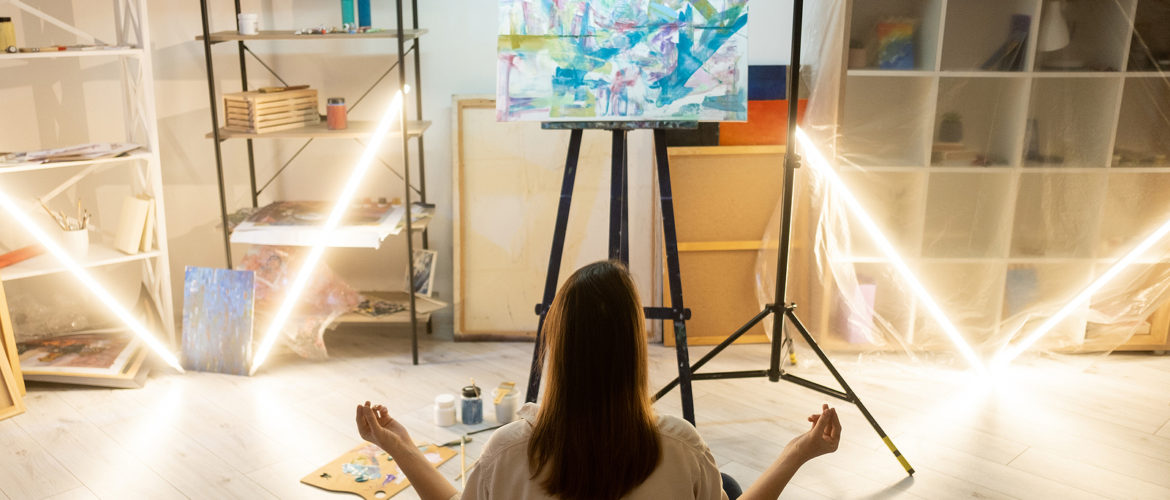The Muse in Art: What and Who Inspired Famous Painters

The era of modern and contemporary art has turned the perception and understanding of aesthetics upside down. New rules and notions adapted and replaced century-long traditions, which was a necessary evil that allowed the industry to grow and develop. Do you remember what a muse means? With time, people started to forget its significance. The term describing the source of human inspiration has become rather blurred. Fortunately, artists still use the word to identify something imbuing their minds with an urge to create. To bring back the importance of the expression, let’s jump in time and see what inspired famous painters of the bygone and modern days.
The Muse in Art: What and Who Inspired Famous Painters
Leonardo da Vinci: Human Nature and Andrea del Verrocchio
Andrea del Verrocchio was the first teacher of Leonardo da Vinci. His influence on the young boy was immeasurable, as he taught him painting and sculpture techniques. Da Vinci then learned from his master that the study of nature and the environment is what makes art so beautiful. “Art as a copy of nature” was one of the life-long slogans of Leonardo’s career.
Frida Kahlo: Mexican Folk Culture and Diego Rivera
Frida Kahlo was famous for the dramatic and often creepy symbolism in her artworks. It can be attributed to her admiration for Mexican indigenous culture, known for its vivid customs. We also shouldn’t forget about Diego Rivera, her first husband, who inspired and motivated his wife to focus on folklore and native art.
Andy Warhol: Time and His Mother
If anything inspired Andy Warhol, the icon and one of the most famous painters of modern art, it was the rise of the pop art movement and his mother. To some extent, the artist was the product of his time. And yet Warhol once claimed that his mother’s homemade art and fashioned cans actually made a considerable impact on his views on aesthetics.
Why Is It Important?
Some say that muse has no place in contemporary art. Stereotypically, many people still believe that a muse is often a woman or a man who inspires a painter. Such a limitation makes the term rather narrow in meaning and thus unusable. The revival of the muse can make teaching art a more valuable activity that helps people find and accept their core inspirations, not divert them.
